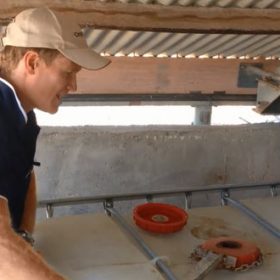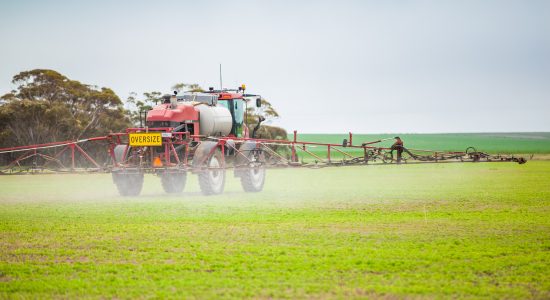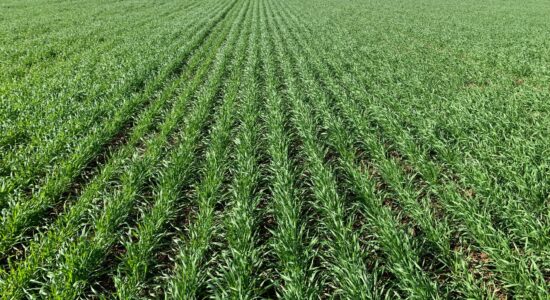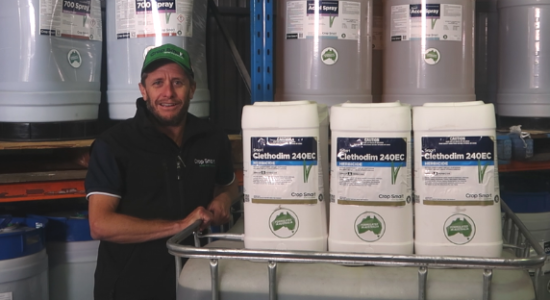
High Nutrient Removal with High Yields
High Nutrient Removal with High Yields
With many cropping regions receiving exceptional rainfall this season and many bumper crops expected, the nutrient removal from paddocks will be high. Nutrient removal will not just be in grain yields but also hay, livestock and leeching of soluble nutrients in the profile. The macro nutrients of Nitrogen, Phosphorus, Sulphur, and for the minority, Potassium will need the most attention before next cropping season although it is important to keep an eye on micro nutrients if they are starting to cause yield limitations.
Having a rough idea of what nutrient levels may be removed during harvest can be helpful if fertiliser deals come out during the busy period of grain harvesting, when calculating fertiliser requirements is the last thing you feel like doing. If you have an idea about what nutrients will be removed and what you plan to replace at seeding next season, then you can buy a portion of your base product (e.g. MAP or DAP) with the idea of purchasing more product later after harvest when more is known about yields.
Nutrient removal can be calculated in several ways with the most basic being average yield times and average nutrient values. An example is 3kg of Phosphorus per tonne of grain (plus 1kg for straw), so a 4 tonne crop requires 16 kg P replaced next season. For those who like to crunch the numbers with more finesse, seed can be kept and analysed for nutrient content. If this is to be done it will be very specific to the area it comes off. Therefore documenting the area (and yield) and maybe doing several soil types will give you a good gauge.
Nitrogen will likely be a limiting factor for yield this year as we finish the season with ample water. Protein levels in the grain will provide an indication of this season’s nitrogen management. It will be important to measure soil nitrogen close to seeding next year as this season’s high removal may cause deficiency and also the large amount of cereal residue will cause lots of N tie up in non-legume crops.
Nutrient removal will also have occurred though leaching this year and monitoring where the soluble nutrients are before next season will be important, especially for nitrogen and sulphur. Soil testing at different depths such as 0-10cm, 10-30, and 30-60 or 0-30cm and 30-60 is a more accurate way of identifying where the nutrients are.
Phosphorus can be measured anytime over summer to help back up your fertiliser plans. This will determine whether replacement rates can be used or increases need to be made or decreases are sustainable. It is likely removal will be far greater then what was applied at the start of the season so more fertiliser will be expected to be used in 2017.
Large hay crops take off large amounts of nutrients, especially nitrogen and potassium. Although many South Eastern Australian soils are high in potassium there are some exceptions, particularly certain deep sands, and this needs to be taken into consideration.
Don’t forget this season’s grain will be large, therefore seeding rates next year will need to be increased to get the target plant density. Make sure you keep enough!
The Smart Agro
Sign Up









